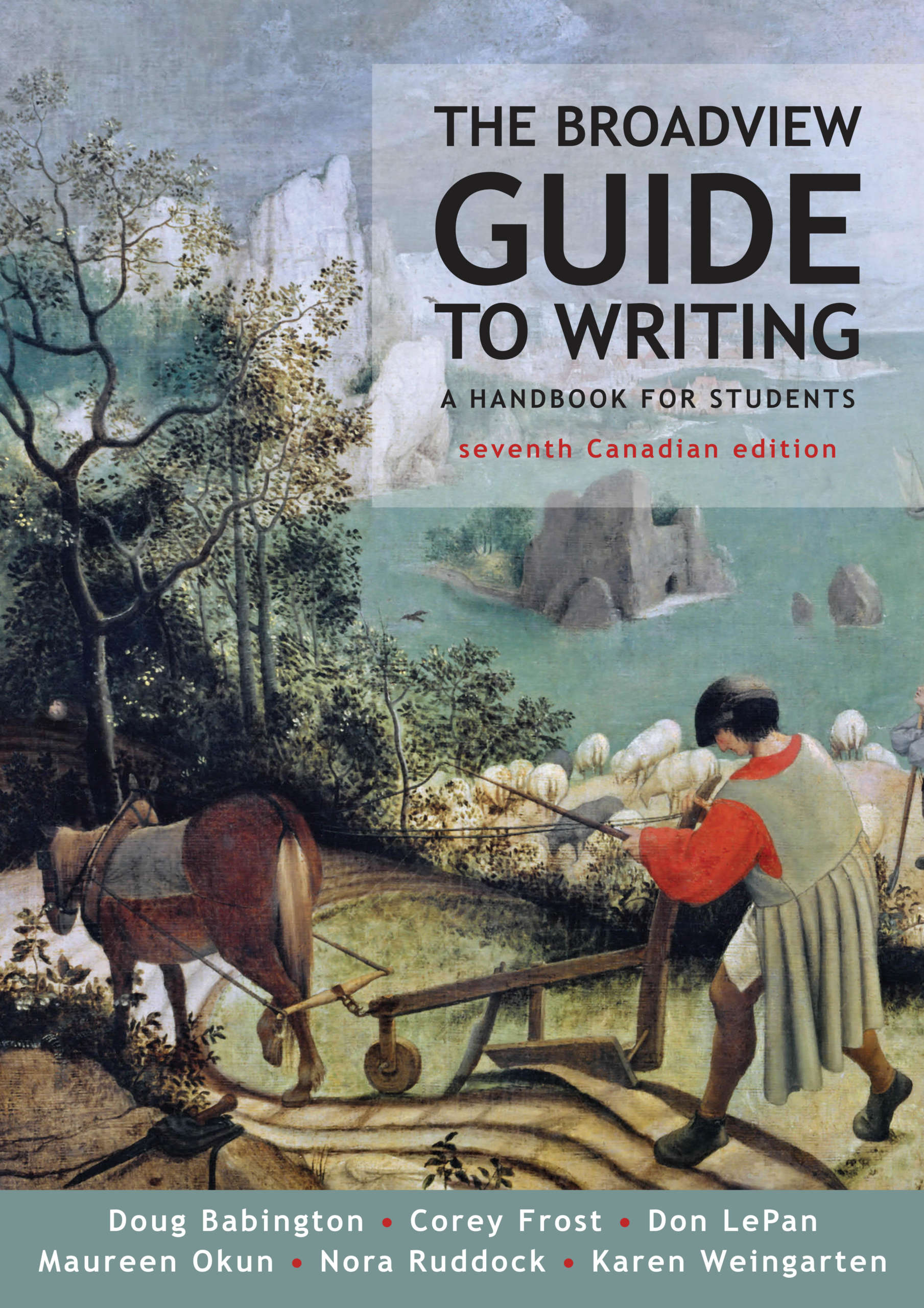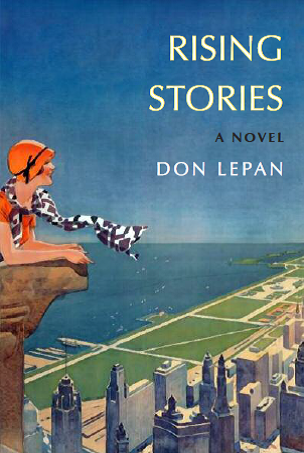Friday, March 24, 2023
Painting New Orleans, and Painting the Interior of America: The Art of Mitchell Long
The first time I saw Mitchell Long’s paintings displayed was at an exhibition held in a private home in 2008. I was immediately struck by the quality of his brushwork—by the way in which he could suggest so much with so few strokes of color. I was struck as well by his sense of line, and of depth; again and again he is able to configure the streets and the buildings of New Orleans in ways that I find my eye can’t help but keep coming back to. I was struck by the subtlety with which his layered oils capture the soft light of New Orleans. And I was struck by the utter absence of that touristy showiness that characterizes so many paintings of New Orleans by less distinguished artists.
In the years since then I’ve kept up with Long’s work—with the many paintings he’s done of the old industrial building that for many years provided studio space for him and for a dozen or more other artists; with the many luminous paintings he’s done of the French Quarter; with the paintings he’s done of churches; with the great series of paintings he’s done from the roof of a hotel in the Quarter, looking down and out over the roofs of Marigny and Bywater. Commercially, Long has had his ups and downs over that time—including more than a few lean years when he was able to get by only by selling small works for $50 to the tourists at Jackson Square. But to my mind he has always remained the finest living painter of New Orleans—and one of America’s finest living painters of city life.
Long has been enjoying greater success in recent years, but it’s been as much the result of new themes in his painting as it has been of people recognizing the talent he brings to his paintings of street scenes on Royal or Chartres or Decatur; a new Mitchell Long painting these days is as likely to be of a checkout counter at Costco or Walmart or IKEA as it is of a scene in the French Quarter or Bywater.
What’s behind these Mitchell Long paintings of the interiors of big box stores? In one sense, what’s behind them is thirty years of painting experience—the years in which Long developed his extraordinary techniques of brushwork and of building color and of painting light in depicting New Orleans street scenes. But New Orleans (and Miami) street scenes were never the entirety of what Long’s work was about. For years Long has also occasionally painted interiors with other foci—most frequently, kitchen scenes. It was during the pandemic that Long turned his gaze in a further direction and began to paint interior scenes in some of America’s largest big box retail stores—Walmart, IKEA, and, especially, Costco.
Long’s images of these ‘landscapes’ are arresting visually, and have to them a strange and quite original beauty. To some viewers they also hint at deeper themes—indeed, at some of the deepest themes of modern American life. They can be read as depicting worlds in which humans are dwarfed by their surroundings; worlds in which all light is artificial light; worlds in which little stands out against the steel gray except a few bright splashes of color. They can be read as worlds in which the wide aisles of capitalism and the ‘checking-out’ conveyor belts of consumerism are at the center of the life experience. Row upon row, the lines and the colors Long has chosen can be taken to suggest the shine and the blur of consumerism, and of capitalism itself. And, regardless of how much much one reads into them, Long’s Costco paintings give us a sense of reflected light—light reflected off the Costco floors, light reflected off the ceilings, light reflected off the COVID plastic barriers at the checkout counters. In these reflections it’s possible to read as well the suggestion that these are worlds from which we can never completely emerge; it’s possible to read into them worlds in which America itself is reflected, and (perhaps less comfortably) a part of the viewer is reflected too.
I’ll accompany this post with images of a few of the Mitchell Long works that Maureen and I have purchased over the years. You can check out many more Mitchell Long works on his website— https://www.mitchell-long.com/cityscapes .
Wednesday, March 22, 2023
Grammar, Punctuation, and Gun Violence: A Short History of the Second Amendment to the American Constitution
The Second Amendment to the American Constitution is a striking example of the eighteenth-century habit of placing punctuation marks almost at random—as a way of suggesting where one might pause in reading a long sentence rather than as a way of indicating grammatical structure.
Here is the Second Amendment as it was commonly punctuated in early versions:
As is now acknowledged by the vast majority of military historians, these militias played a vital role in defeating the British. But what about after the war? What if America were under threat of attack by the British in the future? Given that the maintenance of a standing army of any size was an expensive proposition for a new nation, and that many Americans still worried at war’s end about their future security, it is not surprising that most states did not permanently disband their militias at the end of the Revolutionary War. (The worries were not all over the possibility of a renewed conflict with the British; many in some states worried that the federal gGovernment and its standing army might constitute a future threat to one or more of the individual states.)
The historical record here is complicated in several respects (for one, state militias after the Revolutionary War were supposed to be largely subject to control by the federal government). But some things are clear; one of these is that the phrases “keep arms” and “bear arms” were at the time used almost exclusively with regard to this sort of military context. University of Chicago professor Alison LaCroix and three linguists concluded in 2019, after a review of the entire database of texts from the era, that uses of the phrases “keep arms” and “bear arms” to refer “to hunting or [to] personal self-defence” were so rare in the late eighteenth century as to be “almost nonexistent.” Such phrases were used “almost exclusively in a military context.”
Until the 1980s, the American Supreme Court paid attention both to the grammar and to the history; the Court , and was of the view that the Second Amendment conferred at most quite limited rights so far as firearms were concerned. Then the National Rifle Association lobbying effort kicked into high gear. Nowadays, many Americans are unaware either of the grammatical issues at stake or of the historical context in which the Second Amendment was enacted; tens of millions take the NRA at its word when it argues that the Second Amendment to the Constitution should be interpreted as giving any individual the right to carry a gun of any sort, anywhere, at any time.
A well-regulated militia, being necessary to the security of a free state, the right of the people to keep and bear arms, shall not be infringed.To punctuate the sentence in that way is to give it two more commas than it should have should be done according to the rules of grammar and punctuation that have prevailed now for the past roughly two hundred years. According to those rules of grammar and punctuation, the structure of the sentence calls for just one comma:
A well-regulated militia being necessary to the security of a free state, the right of the people to keep and bear arms shall not be infringed.When there is just one comma, the meaning between the two parts of the sentence becomes far more clear. Grammatically, the first part of the sentence (“A well-regulated militia being necessary to the security of a free state”) is a participial phrase. The phrase as a whole acts to modify or restrict the meaning of the entire main clause (“the right of the people to keep and bear arms shall not be infringed”). The participial phrase provides the rationale for the principle set out in the main clause—and implicitly, limits its application. A more straightforward way of conveying the same idea would be to use a word such aslike “because”:
Because a well-regulated militia is necessary to the security of a free state, the right of the people to keep and bear arms shall not be infringed.The historical context here was one in which a new nation had recently defeated the British army. The American states fought for the most part not with a standing army of their own (though the newly-formed Continental Army certainly played an important role) but with the militias of the various former colonies that had now become the states of the union. These militias were formed of ordinary citizens (most of them farmers) with limited training; they were assembled only when the security of the colony (or state) was threatened. The members of the militia were expected to provide their own arms and ammunition, as well as other supplies, and they were not paid a salary.
As is now acknowledged by the vast majority of military historians, these militias played a vital role in defeating the British. But what about after the war? What if America were under threat of attack by the British in the future? Given that the maintenance of a standing army of any size was an expensive proposition for a new nation, and that many Americans still worried at war’s end about their future security, it is not surprising that most states did not permanently disband their militias at the end of the Revolutionary War. (The worries were not all over the possibility of a renewed conflict with the British; many in some states worried that the federal gGovernment and its standing army might constitute a future threat to one or more of the individual states.)
The historical record here is complicated in several respects (for one, state militias after the Revolutionary War were supposed to be largely subject to control by the federal government). But some things are clear; one of these is that the phrases “keep arms” and “bear arms” were at the time used almost exclusively with regard to this sort of military context. University of Chicago professor Alison LaCroix and three linguists concluded in 2019, after a review of the entire database of texts from the era, that uses of the phrases “keep arms” and “bear arms” to refer “to hunting or [to] personal self-defence” were so rare in the late eighteenth century as to be “almost nonexistent.” Such phrases were used “almost exclusively in a military context.”
Until the 1980s, the American Supreme Court paid attention both to the grammar and to the history; the Court , and was of the view that the Second Amendment conferred at most quite limited rights so far as firearms were concerned. Then the National Rifle Association lobbying effort kicked into high gear. Nowadays, many Americans are unaware either of the grammatical issues at stake or of the historical context in which the Second Amendment was enacted; tens of millions take the NRA at its word when it argues that the Second Amendment to the Constitution should be interpreted as giving any individual the right to carry a gun of any sort, anywhere, at any time.
Labels:
comma use,
gin control,
militias,
right to bear arms,
second amendment
Subscribe to:
Posts (Atom)










